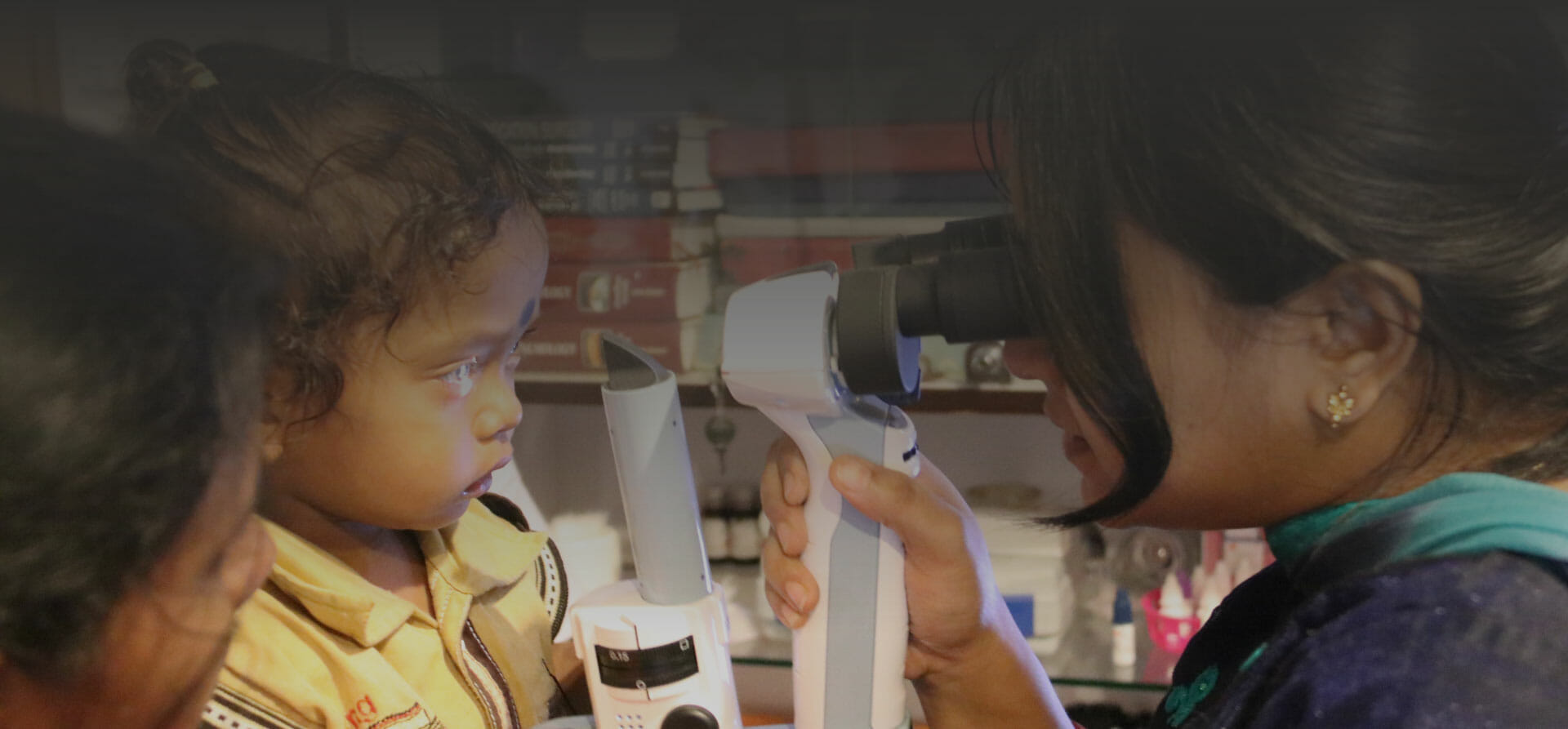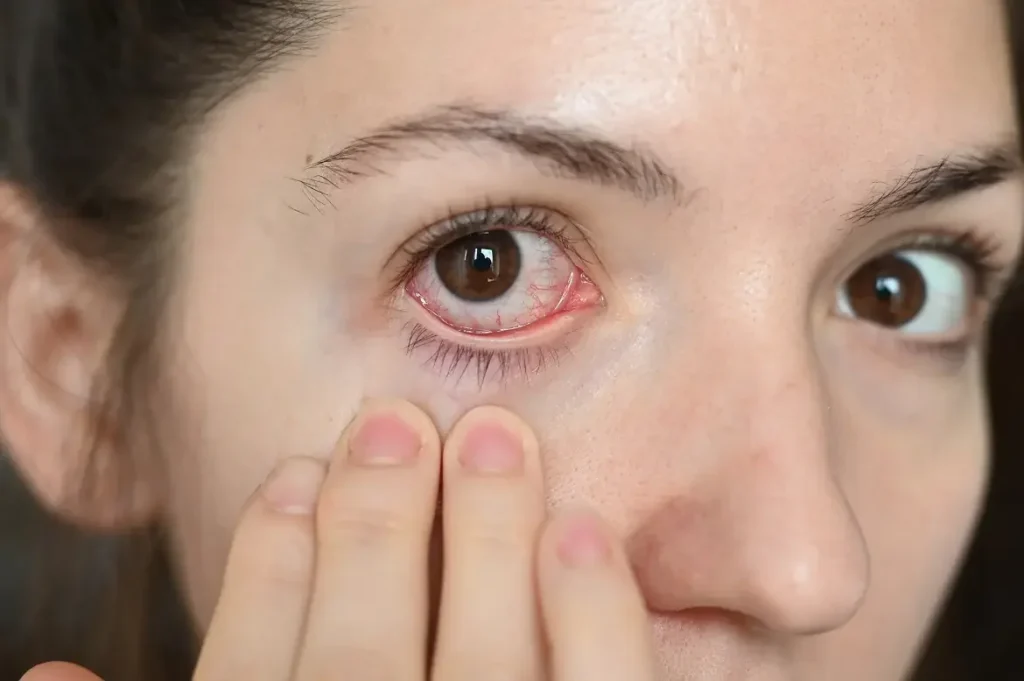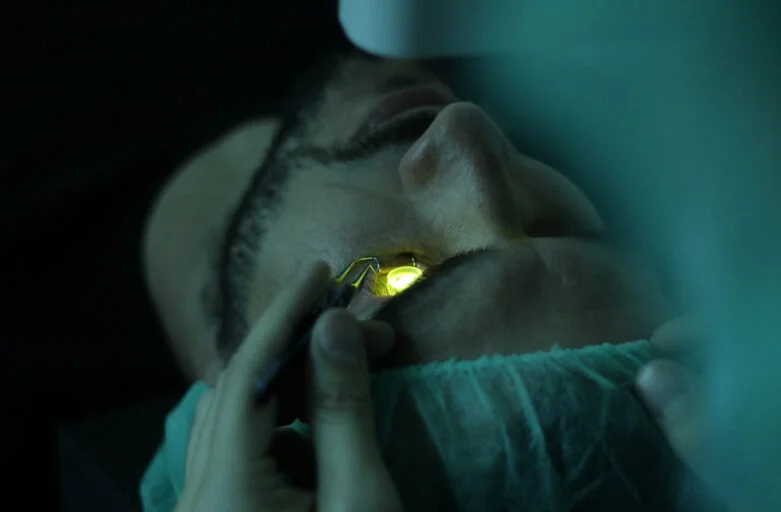Struggling with keratoconus or weakening corneas? Discover how C3R treatment can be a game-changer for your eye health. In this comprehensive guide, we’ll dive deep into everything you need to know about Corneal Collagen Cross-Linking with Riboflavin (C3R). From understanding the costs and side effects to exploring the procedure’s pain level and effectiveness, we’ve got all your questions covered. So, let’s get started and unlock the potential of C3R to stabilize your vision!
Contents
What is C3R Treatment?

C3R treatment, or Corneal Collagen Cross-Linking with Riboflavin, is a specialized medical procedure designed to strengthen the cornea. It’s primarily used to treat keratoconus, a progressive eye disease in which the normally round cornea thins and begins to bulge into a cone-like shape, causing visual impairment.
The procedure involves using ultraviolet (UV) light and riboflavin (vitamin B2) drops applied to the eye. This combination causes the formation of bonds between collagen fibers within the cornea, which significantly increases its strength and stability. By enhancing the corneal structure, C3R treatment helps to prevent further deterioration of the cornea, potentially stopping the progression of keratoconus and sometimes even improving vision.
C3R has become a crucial intervention for patients with keratoconus, offering a less invasive alternative to corneal transplants and providing long-lasting results that help maintain better vision and eye health.
The C3R Procedure Explained (Live C3R Treatment Video)
Here’s a detailed breakdown of the C3R process, from the initial consultation to the recovery phase:
- Initial Consultation:
- To assess the suitability of C3R for the patient, the eye care professional conducts a thorough examination of the eyes, focusing on the cornea’s shape, thickness, and overall eye health.
- Diagnostic tests such as corneal topography (to map the cornea’s surface) and pachymetry (to measure corneal thickness) are typically performed.
- Preparation:
- Patients may be advised to stop wearing contact lenses for a period before the surgery to ensure the cornea returns to its natural shape.
- The eye is numbed using topical anesthetic drops to ensure comfort during the procedure.
- The Surgery:
- Riboflavin Drops: The first step in the actual procedure is the application of riboflavin (vitamin B2) drops onto the cornea.
- Ultraviolet Light Exposure: After the riboflavin has penetrated the cornea, ultraviolet light is directed onto the eye for a specific period, typically around 30 minutes. This light activates the riboflavin, leading to the strengthening of the collagen fibers by creating new cross-links.
- Post-Procedure Care:
- Immediately after the procedure, a soft contact lens may be placed on the cornea to act as a bandage to increase comfort as the eye heals.
- Patients are usually prescribed antibiotics and anti-inflammatory eye drops to prevent infection and manage swelling.
- Patients are typically advised to avoid rubbing their eyes and to protect them from bright lights and physical impact while the cornea heals.

Your Help Can Make a Difference!
Cataract Is The Biggest Reason For Blindness!
With Every Donation, You’re Gifting a Cataract Surgery To Someone in Need!
Is C3R Treatment Painful?
That’s a common concern among patients. The good news is that C3R (Corneal Collagen Cross-Linking with Riboflavin) treatment is generally well-tolerated.
During the procedure, your eye will be numbed with anesthetic drops, so you shouldn’t feel any pain. You might experience some pressure or a slight sensation, but it should not be painful.
What about after the procedure?
After the procedure, it’s normal to feel some discomfort. Your eyes might feel gritty, and you may have some mild pain or a burning sensation. This discomfort is usually temporary and can be managed with prescribed pain relievers and eye drops.
The discomfort typically lasts for a few days. For that, your doctor will provide specific instructions on how to care for your eyes during the recovery period and manage any pain you might experience.
Potential Side Effects of C3R Treatment

- Temporary Vision Haze: After the C3R treatment, it’s common to experience some haziness in your vision. This is usually temporary and should clear up within a few days to a couple of weeks. During this time, it’s essential to follow your doctor’s instructions and avoid activities that strain your eyes.
- Discomfort: Mild discomfort, such as a gritty or foreign body sensation in the eyes, is typical after the procedure. This discomfort is generally temporary and can be managed with prescribed pain relievers and lubricating eye drops. Cold compresses may also provide relief.
- Sensitivity to Light: Increased sensitivity to light, or photophobia, is another common side effect. Wearing sunglasses can help alleviate this discomfort when outdoors. It’s also helpful to dim indoor lights and avoid bright screens.
- Dry Eyes: Some patients might experience dryness in the eyes. Using artificial tears as recommended by your doctor can help keep your eyes moisturized and comfortable.
- Redness and Swelling: Redness and mild swelling of the eyes can occur post-treatment. This should gradually improve as your eyes heal. If redness or swelling persists, consult your doctor for further advice.
- Infection Risk: Though rare, there’s a slight risk of infection following C3R treatment. To minimize this risk, it’s crucial to adhere to your doctor’s post-operative care instructions, including the use of prescribed antibiotic eye drops.
Remember, most side effects are temporary and resolve as the eyes heal. However, if you experience any severe or persistent symptoms, contact your eye doctor immediately for further evaluation and guidance.
Cost of C3R Treatment
The cost of C3R treatment can vary, at EyeMantra, the C3R surgery for one eye costs around 60,000 INR.
Several factors can affect the overall cost:
- Clinic and Location: Prices may differ depending on the clinic and its location. Clinics in major cities or specialized eye hospitals might charge more.
- Surgeon’s Expertise: Experienced surgeons with a high success rate may charge higher fees.
- Technology and Equipment: Advanced technology and high-quality equipment can increase the cost.
While C3R is effective in halting the progression of keratoconus, it does not improve vision or restore vision quality lost due to keratoconus. For vision improvement along with C3R, the T-CAT (Topography-Guided Custom Ablation Treatment) procedure is recommended. If you opt for the combined C3R + T-CAT procedure, it costs about 120,000 INR per eye. This combination not only stops the progression of keratoconus but also aims to improve vision.
Get the Best C3R Eye Surgery
If you’re experiencing cornea-related problems like keratoconus, EyeMantra can provide the care you need. Our expert team specializes in C3R and cornea transplant surgery to help restore your vision and improve your quality of life. Don’t wait for your symptoms to worsen. Book your free appointment now by calling +91 9711116605. Let us help you see the world clearly again.
